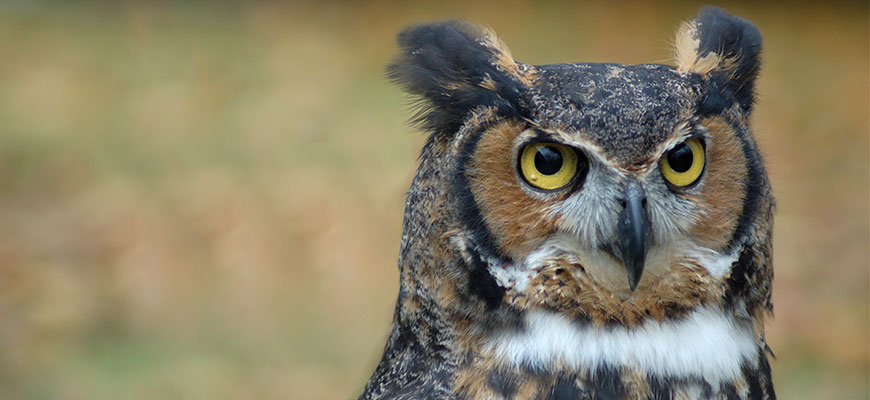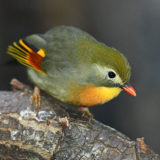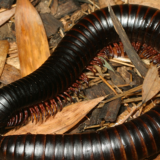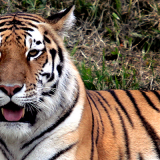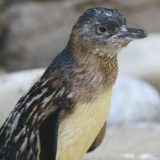RANGE
North America and parts of northern South America. They inhabit as far north as sub-arctic Canada and Alaska and extend as far south as Mexico, Central America, northern South America.
HABITAT
Extremely adaptable species that can be found in deciduous and coniferous forests, tropical rainforests, deserts, the subarctic, wetlands, prairies and rocky coastlines.
SIZE
Length: 17 to 25 in.
Wingspan: 3 to 5 ft.
Weight: 2.5 to 3.5 pounds
Females are larger than males.
LIFE EXPENCTANCY
They can live 13-30 years in the wild and up to 50 in captivity.
REPRODUCTION
Males will “court” females by hooting, inflating their white-colored throats and even bringing fresh-caught prey. Great horned owls do not build their own nests but often find abandoned nests of other large species, like hawks. Nesting and mating occurs in the winter. Clutch sizes vary from one to six dull-white eggs, with two being the average. Both the male and female great horned owls have been observed incubating the eggs and caring for the young after they have hatched. Chicks are hatched covered in a white-grey down and slowly transition into the brownish hues that the adults have; chicks usually don’t get their full plumage until after their first year. The chicks can start leaving the nest around 5 to 6 weeks of age, but don’t start flying until around 9 to 10 weeks. Once they start flying, they will fully leave the nest around 10 to 12 weeks of age and start searching for their own territory; most chicks remain close to their parents for up to a year (or the next breeding season).
DIET
Rodents (rats and mice), small birds, and other small mammals (skunks, rabbits, opossums). They have been known to eat other larger species of birds including crows, other owls and even geese. Will also take snakes, lizards, scorpions and insects.
BEHAVIOR
Great horned owls are nocturnal and do their hunting at night or around dusk. They have adaptations to help them locate prey including their ability to turn their head up to 270 degrees and their sharp hearing that can hear prey moving from around 75 feet away! Strong eyesight is also of key importance to locating prey in the dark. Once the prey is located, they swoop down and grab it with their talons, often eating small prey whole where their digestive system will allow them to regurgitate indigestible material into pellets.
This species is solitary aside from coming together during mating season and will often remain in the same territory unless food is scarce. Great horned owls will establish their territory through hooting. Although rare, great horned owls will become defensive if there is an intruder in their territory; usually this is displayed through spread wings, bill clacking, louder screeches or lunges.
POINTS OF INTEREST
- Great horned owls do not actually have horns, rather they have tufts of feathers on the tops of their heads that resemble horns.
- Like some other species of owls, great horned owls are able to fly silently in order to ambush their prey.
- Their color provides them with great camouflage to hide them during the day while they sleep. This camouflage helps protect them from predators like bobcats, coyotes and other large mammals throughout their range.
STATUS
This species is currently stable in the wild and is the most widespread owl species in North America.

